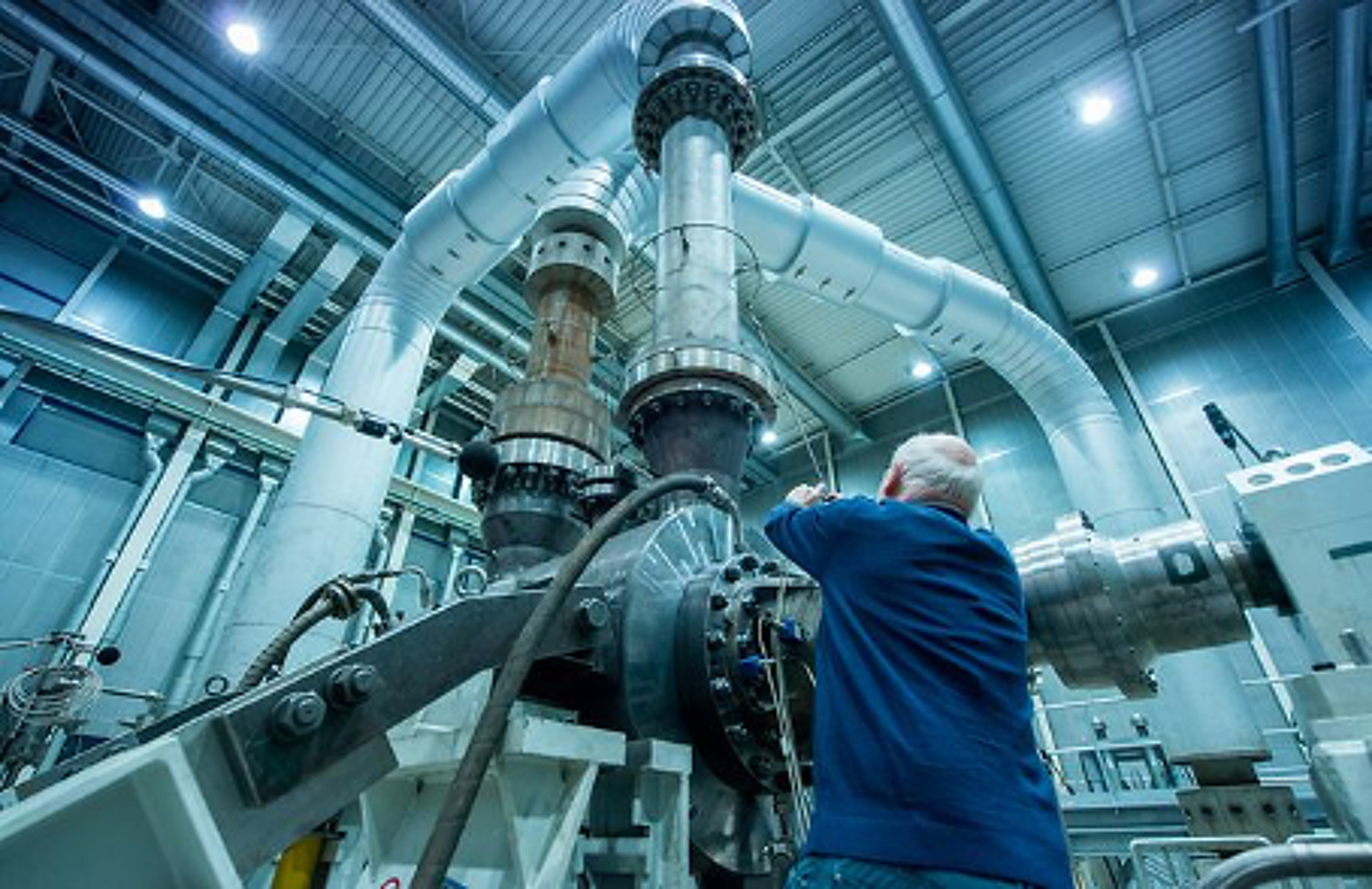
Pump put to the test: a reportage
Keeping tabs on everything: the two inspectors check the boiler feed pump’s condition.
Test after test
Every little detail matters: to ensure that the pump is in a perfect condition, also from the outside, one of the inspectors takes pictures of specific details.
Electricity to order
Everything under control: Uwe Baier’s view onto the test facility.
CHTD 6/6 during a sound check: this microphone is used to record the noise produced by the pump.
No risks taken
In the control room: the control station is where Uwe Baier and Ralf Kirsch check the agreed performance parameters.
Like clockwork
Hot turns to cold: a couple of blue cooling towers are located next to the test facility building. They ensure that the water required for the test run is cooled to 17 degrees Celsius.
Now let it cool down slowly
Everything flows: The test facility basement accommodates a labyrinth of pipes, together they constitute the closed water cycle.
Suitable products
CHTD
Horizontal high-pressure barrel-type pumps with radial impellers, single-entry and double-entry, multistage, with flanges or weld end nozzles to DIN and ANSI.
CHTC
Horizontal high-pressure barrel-type pumps with radial impellers, single-entry and double-entry, multistage, with flanges or weld end nozzles to DIN and ANSI.